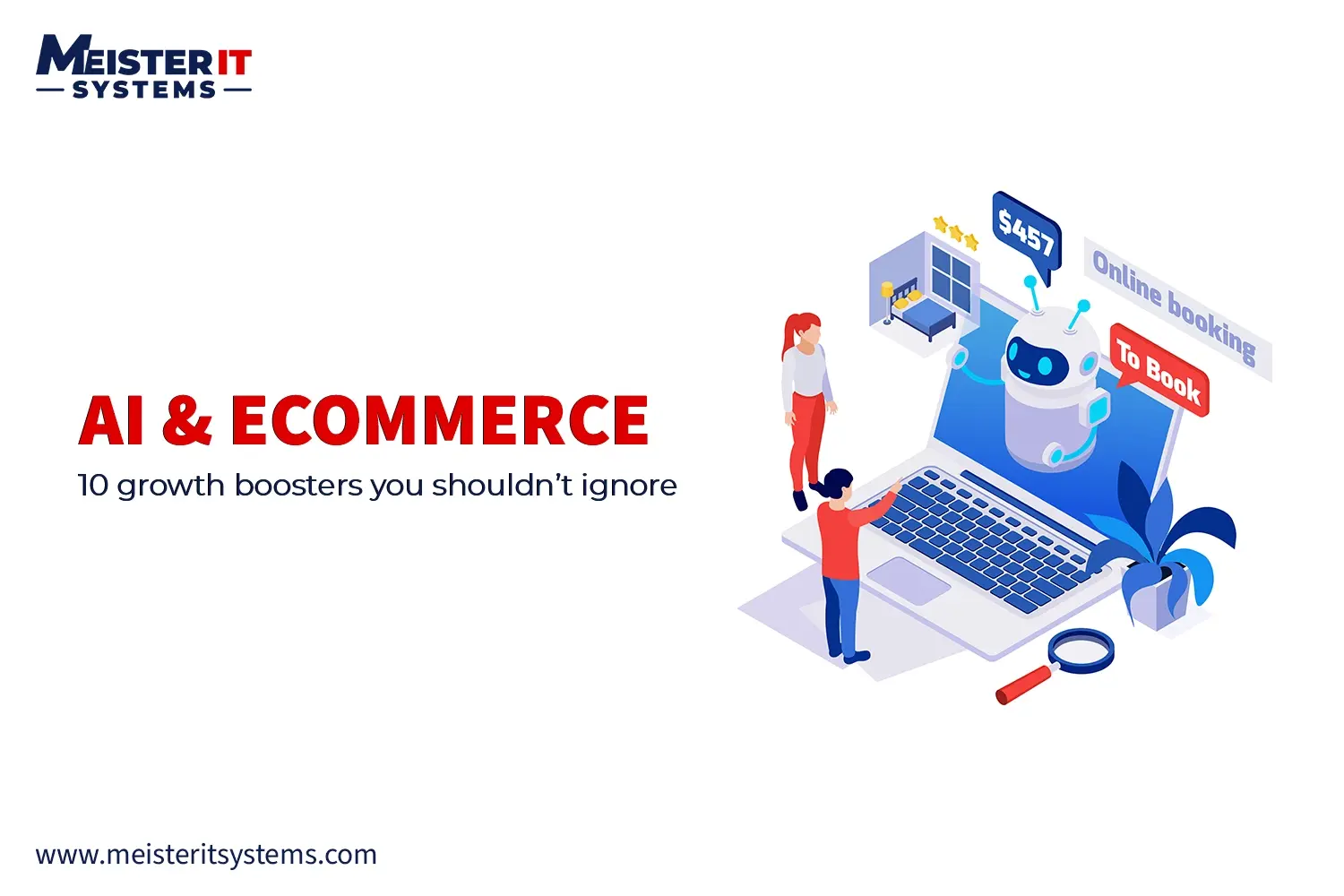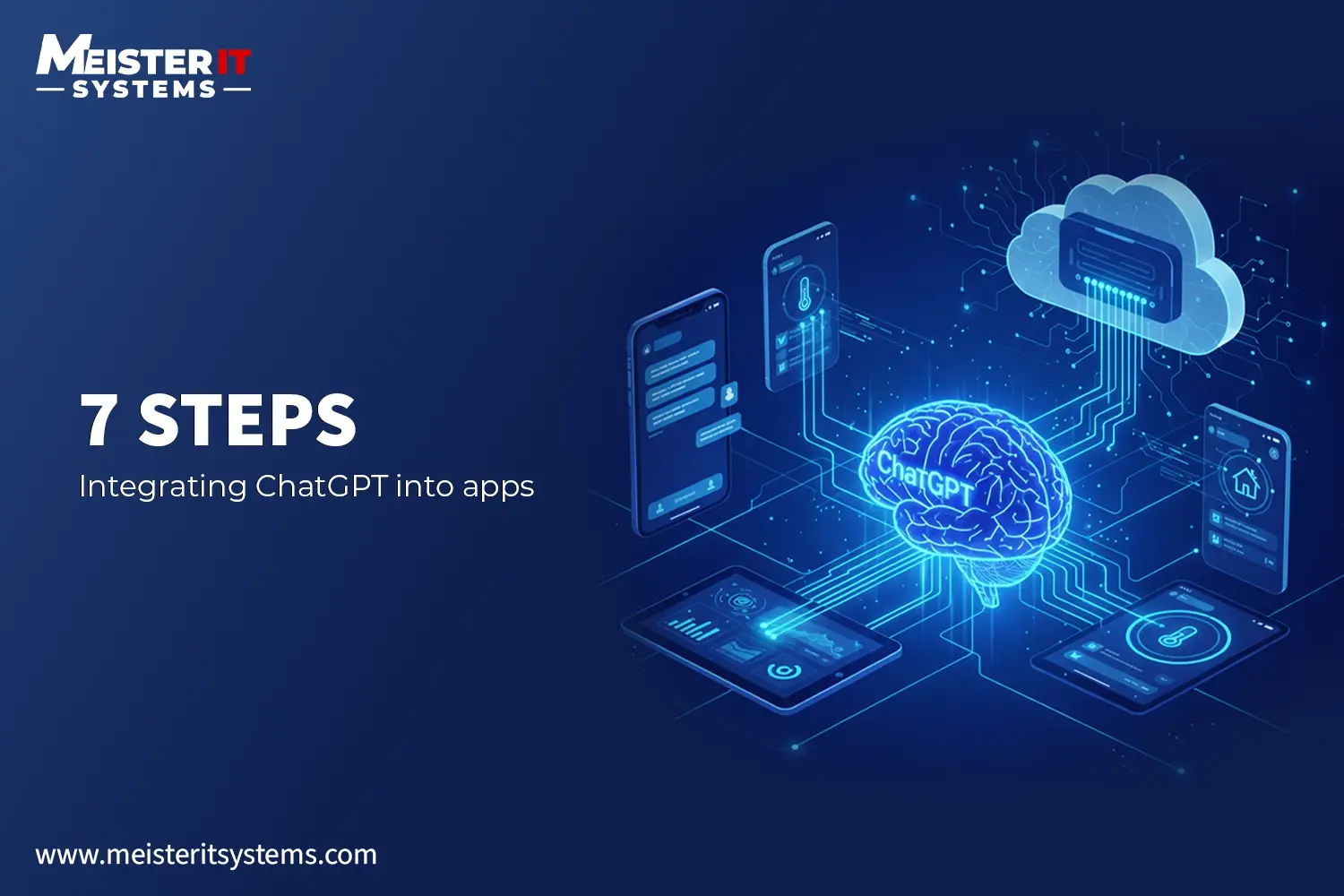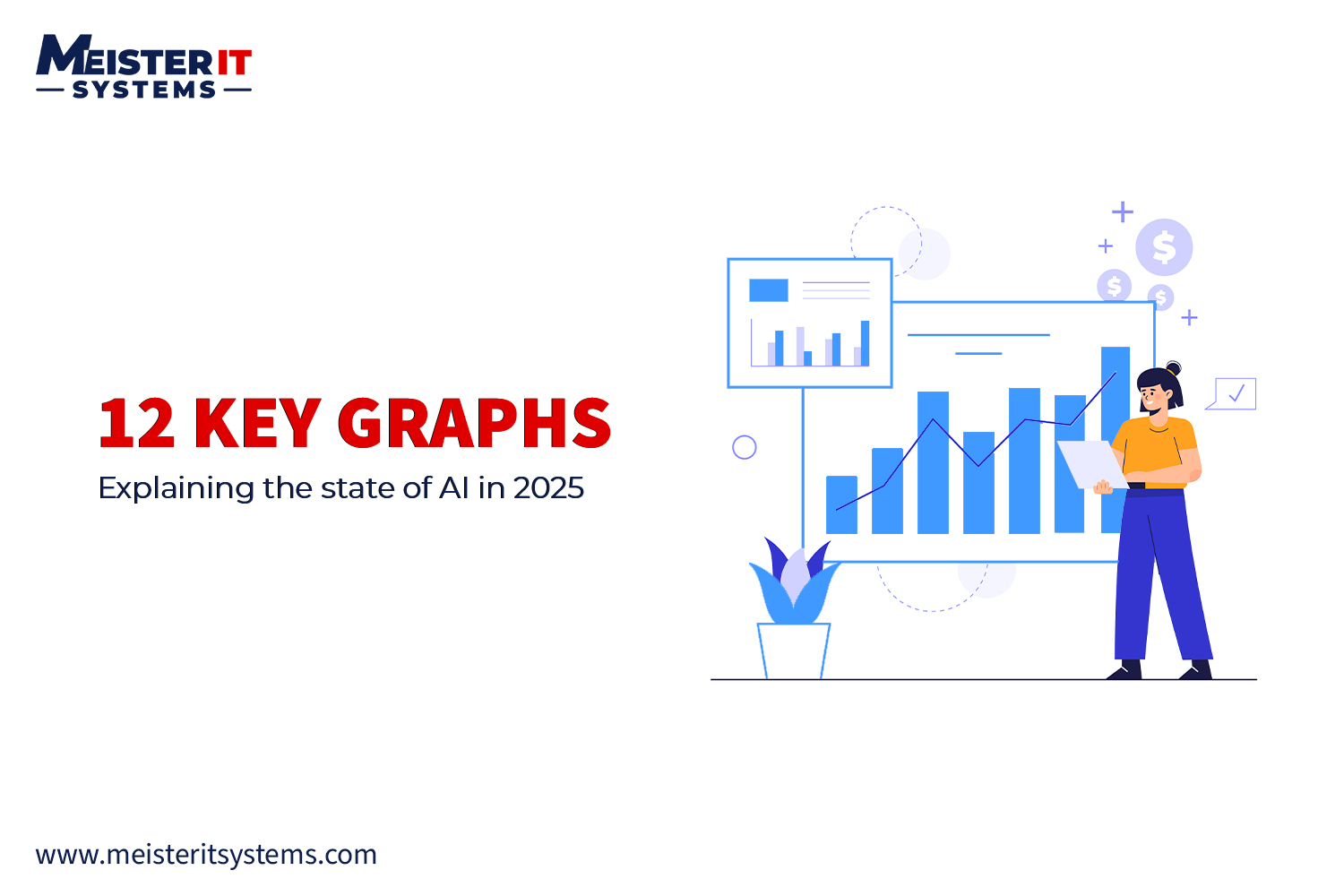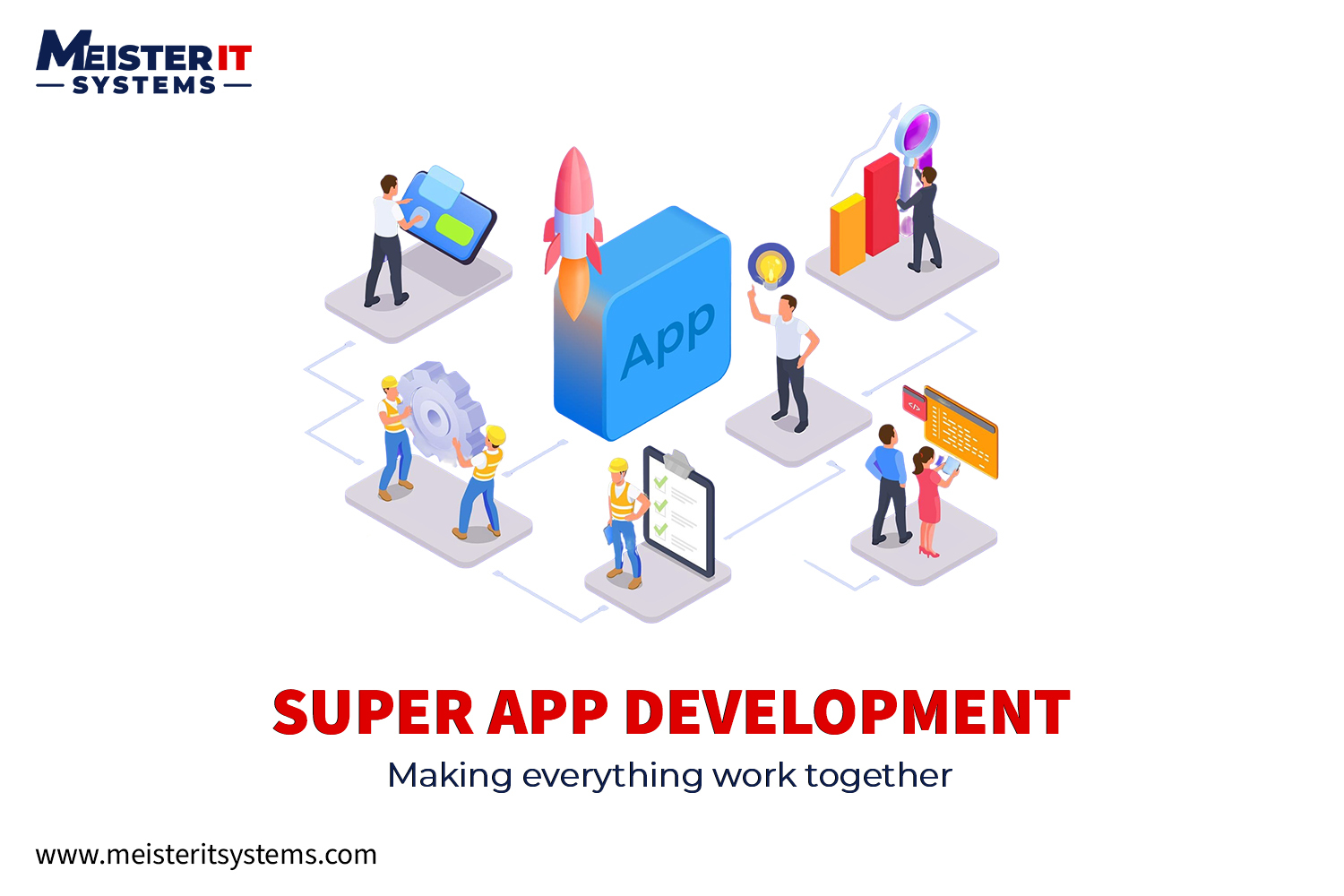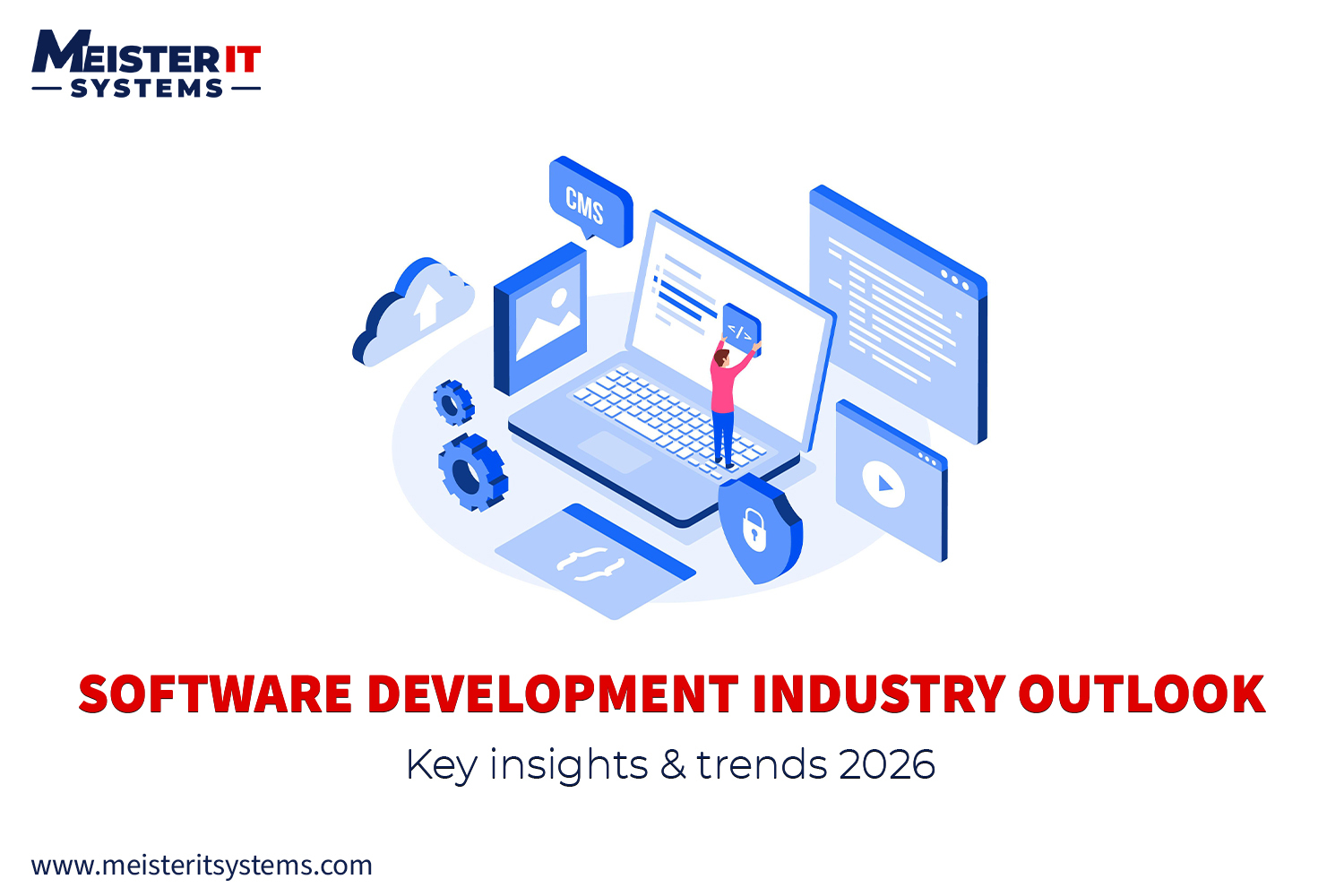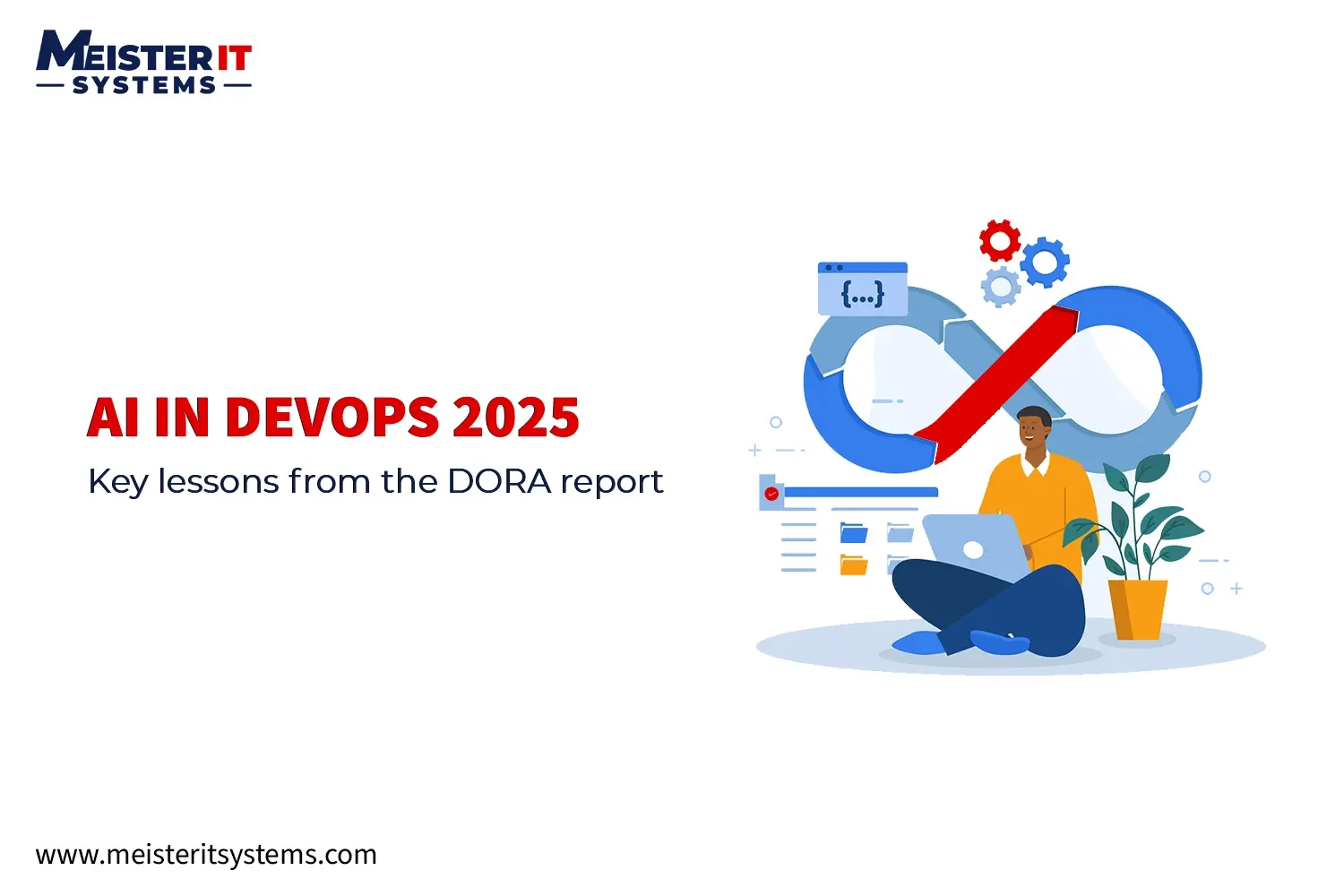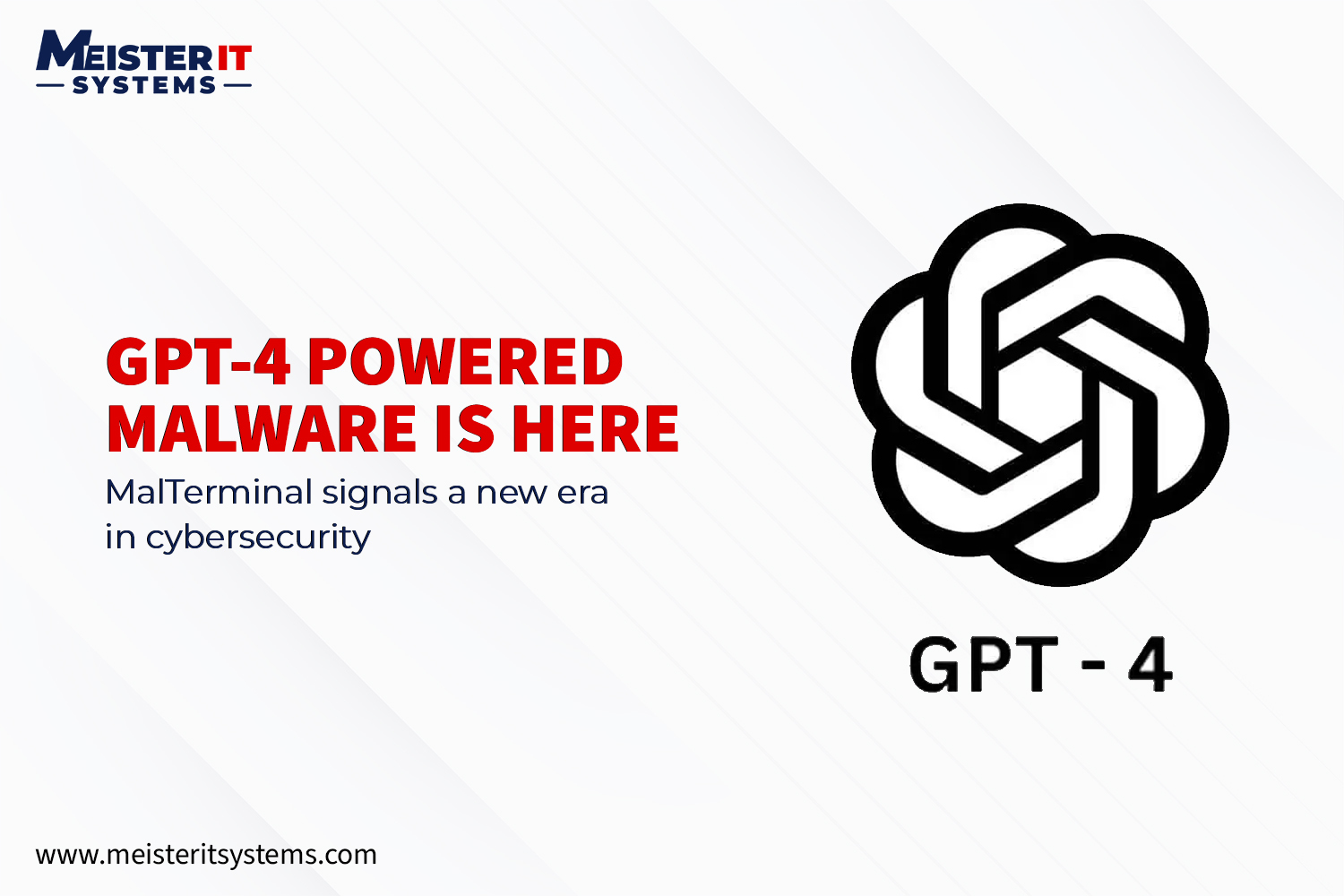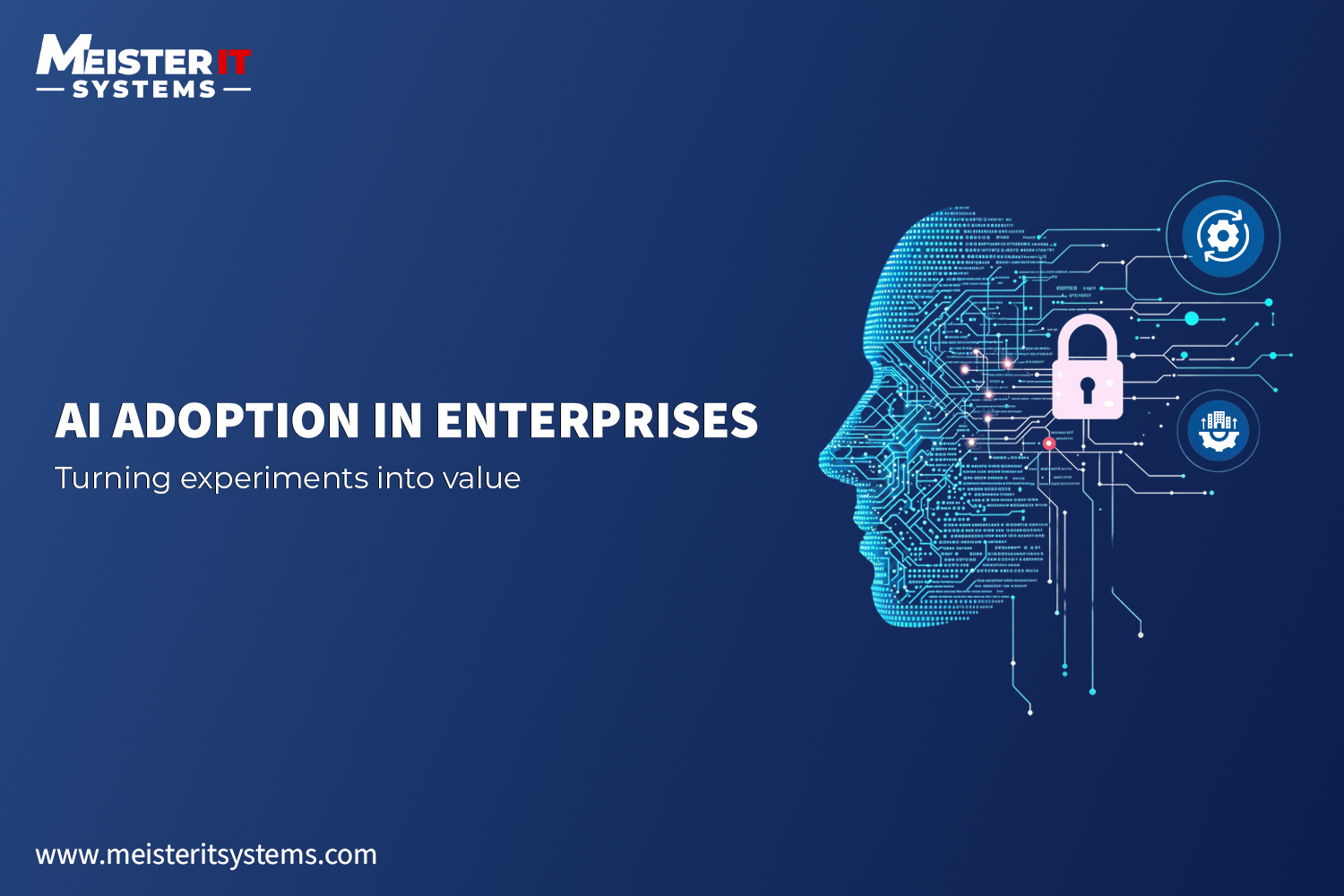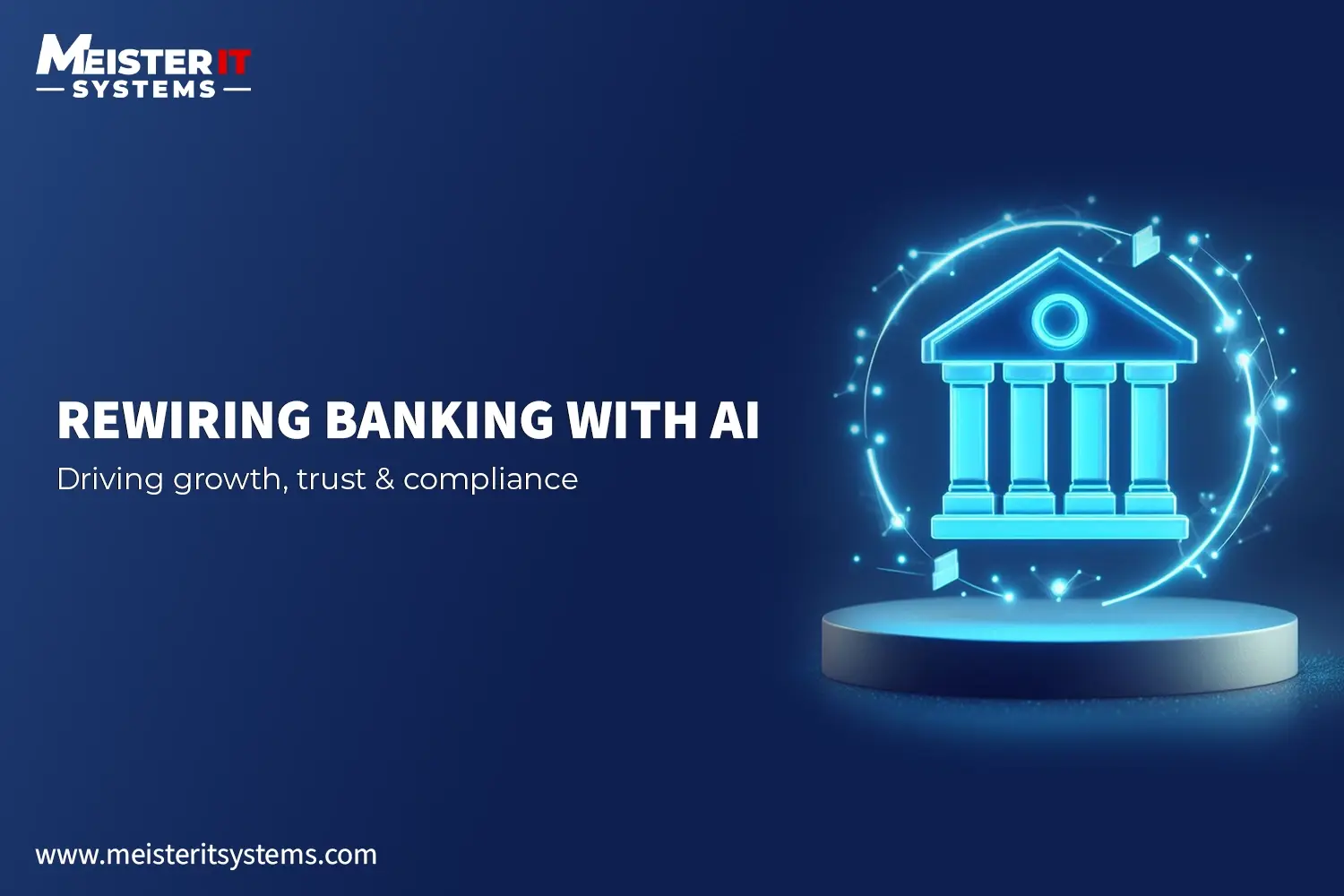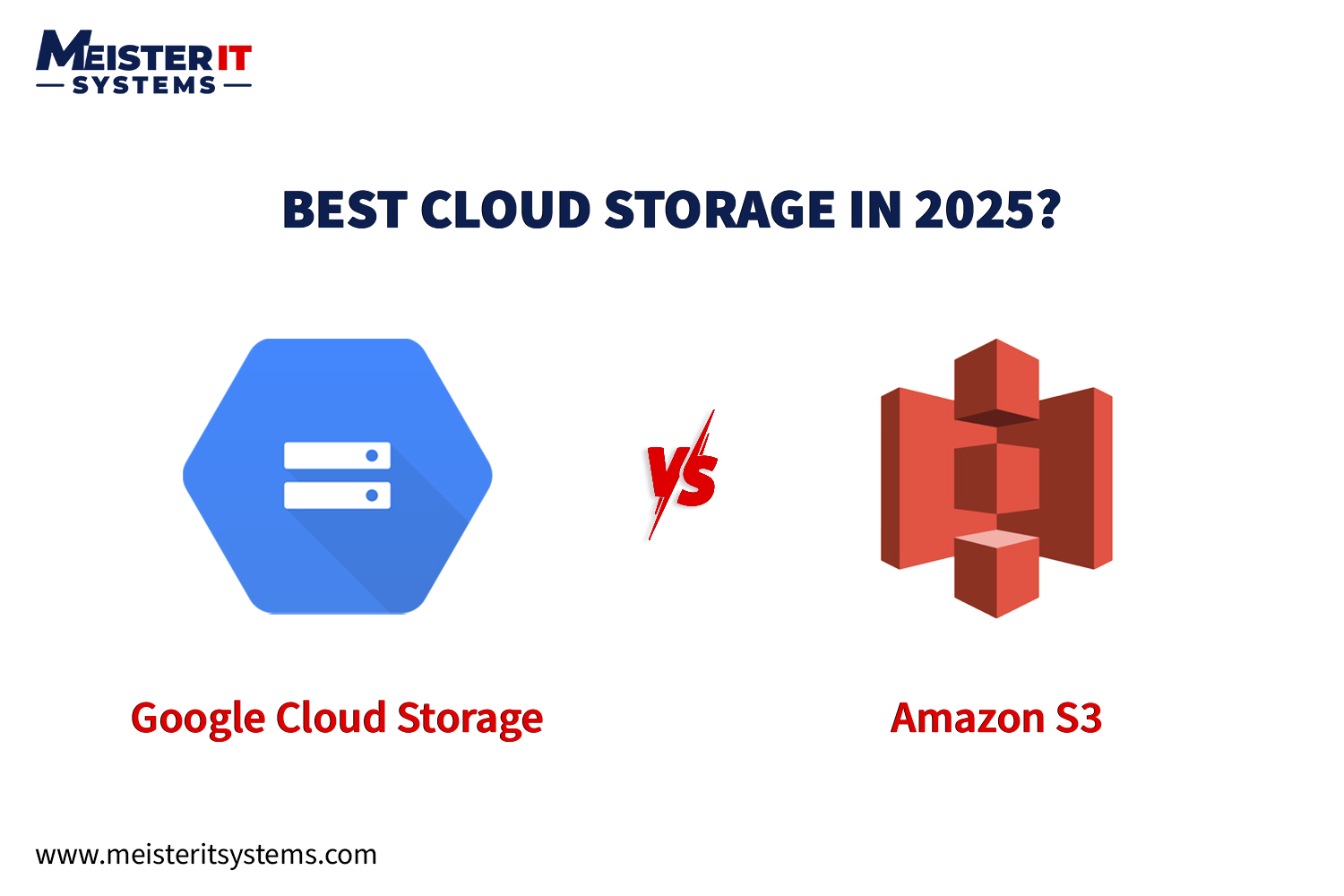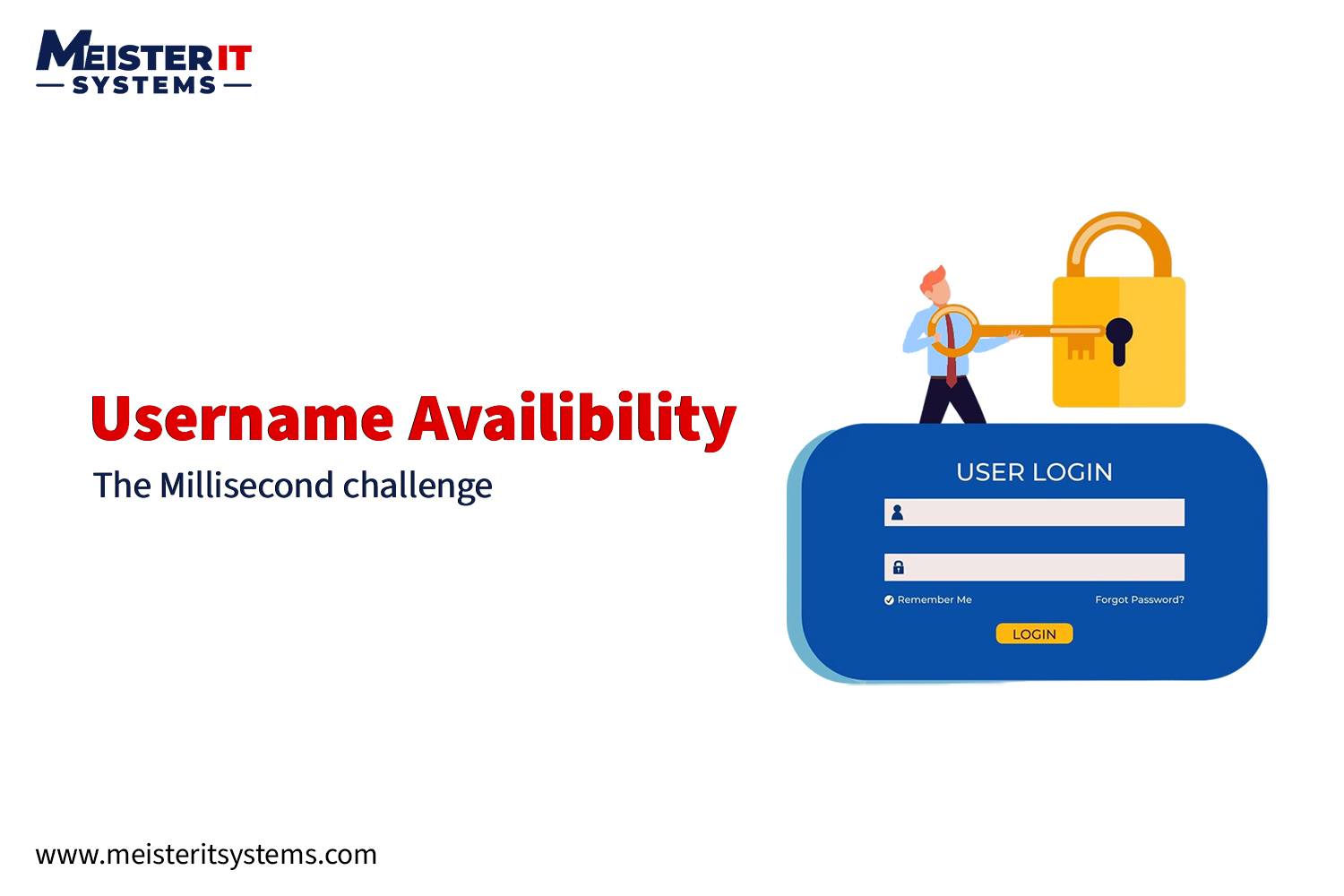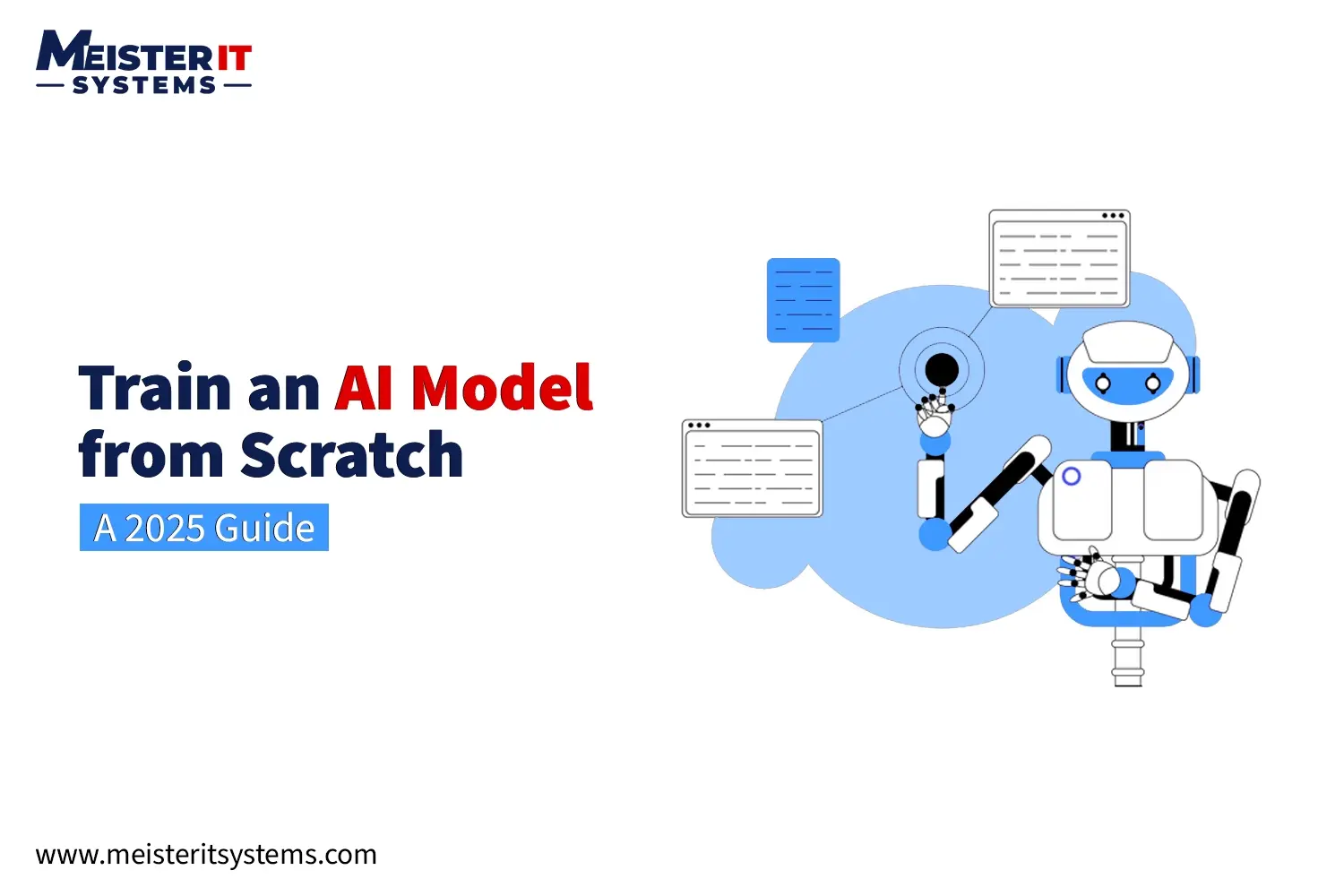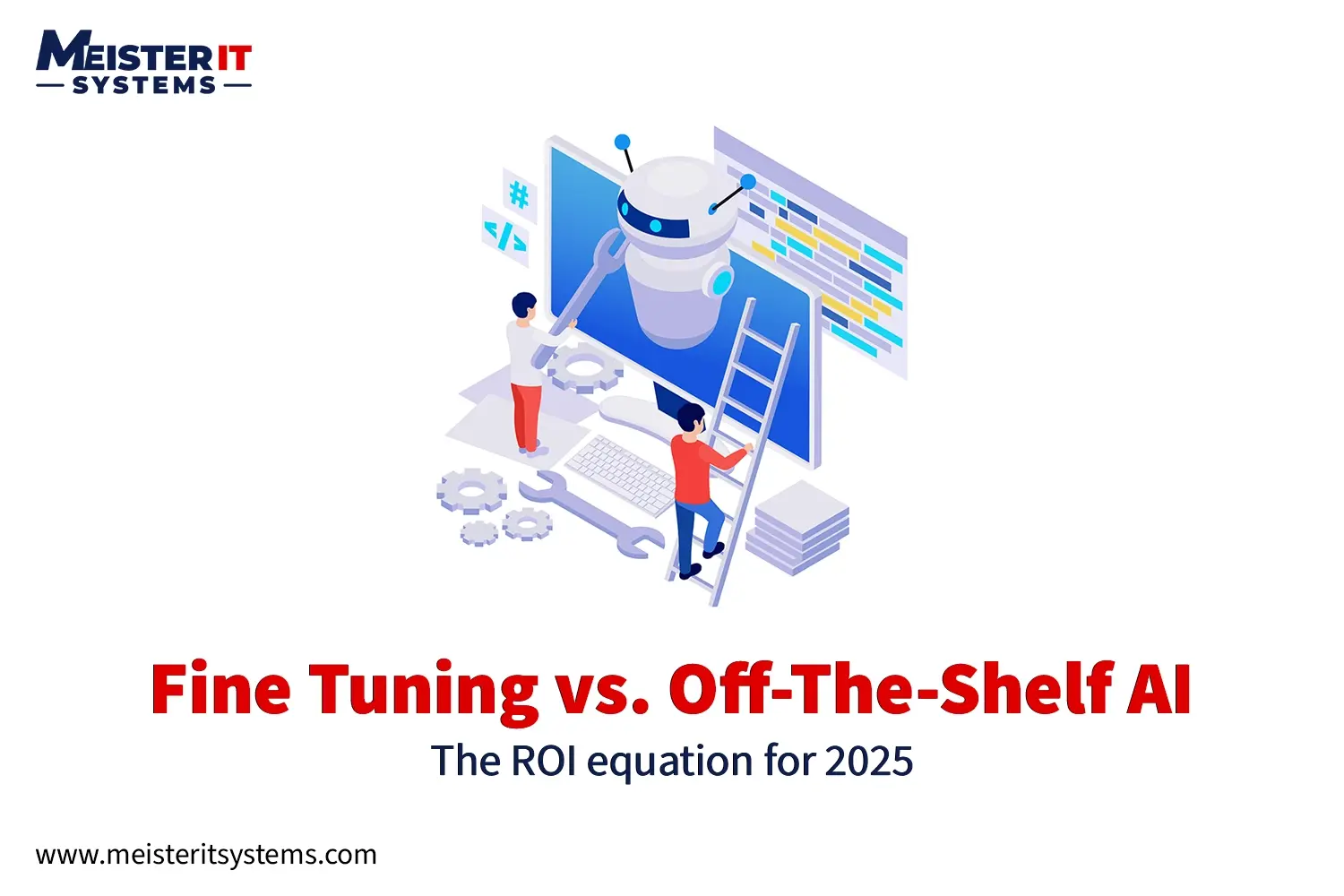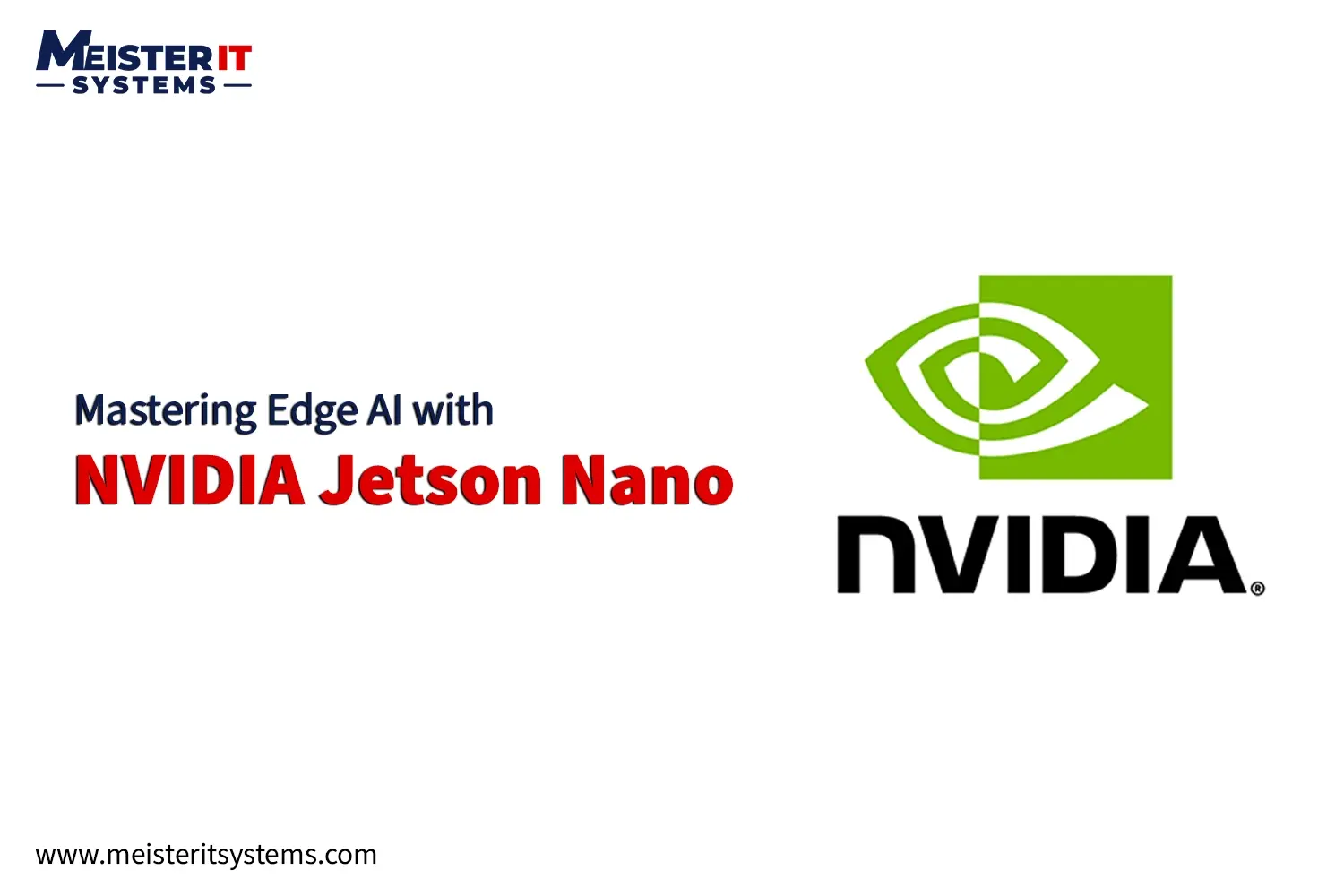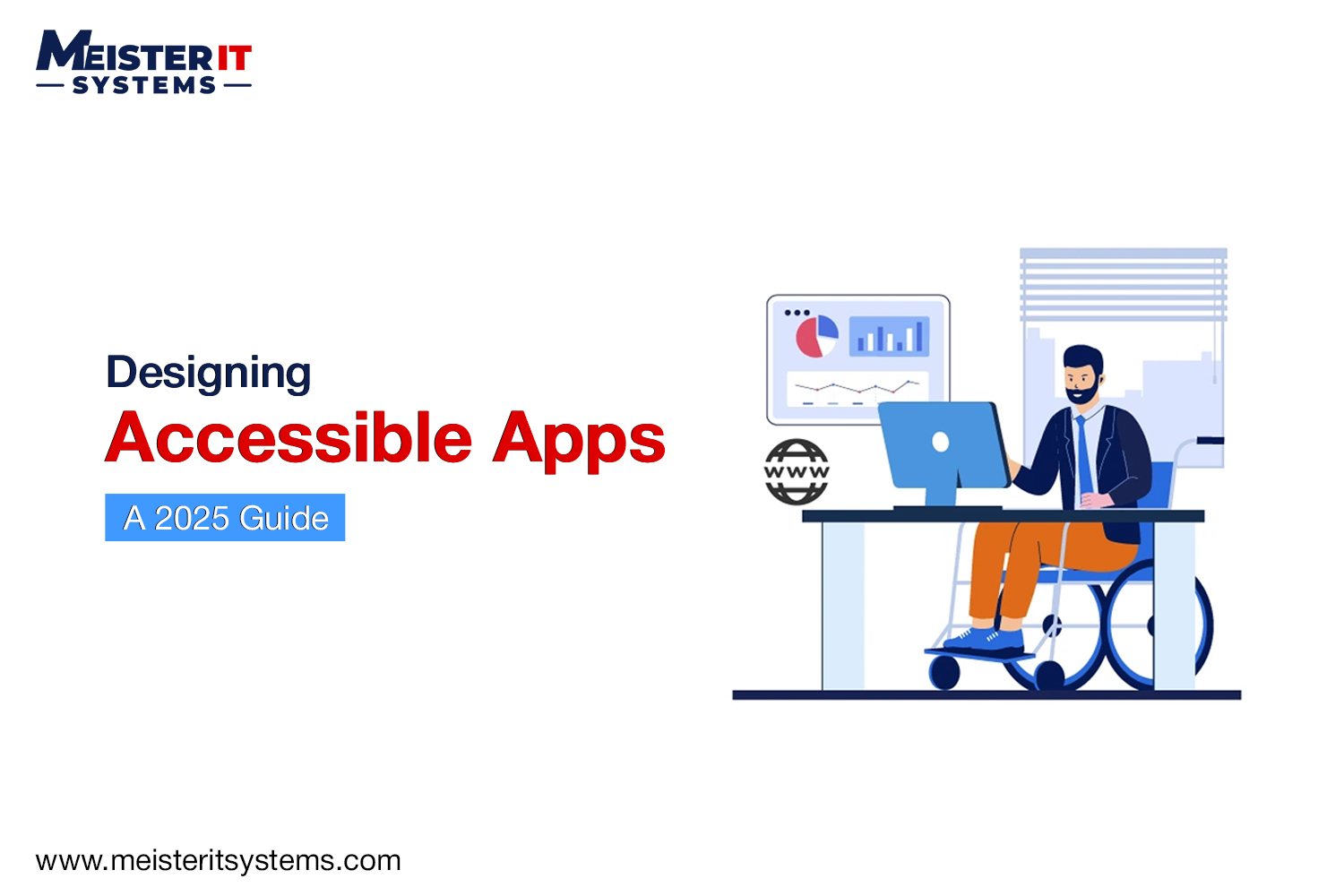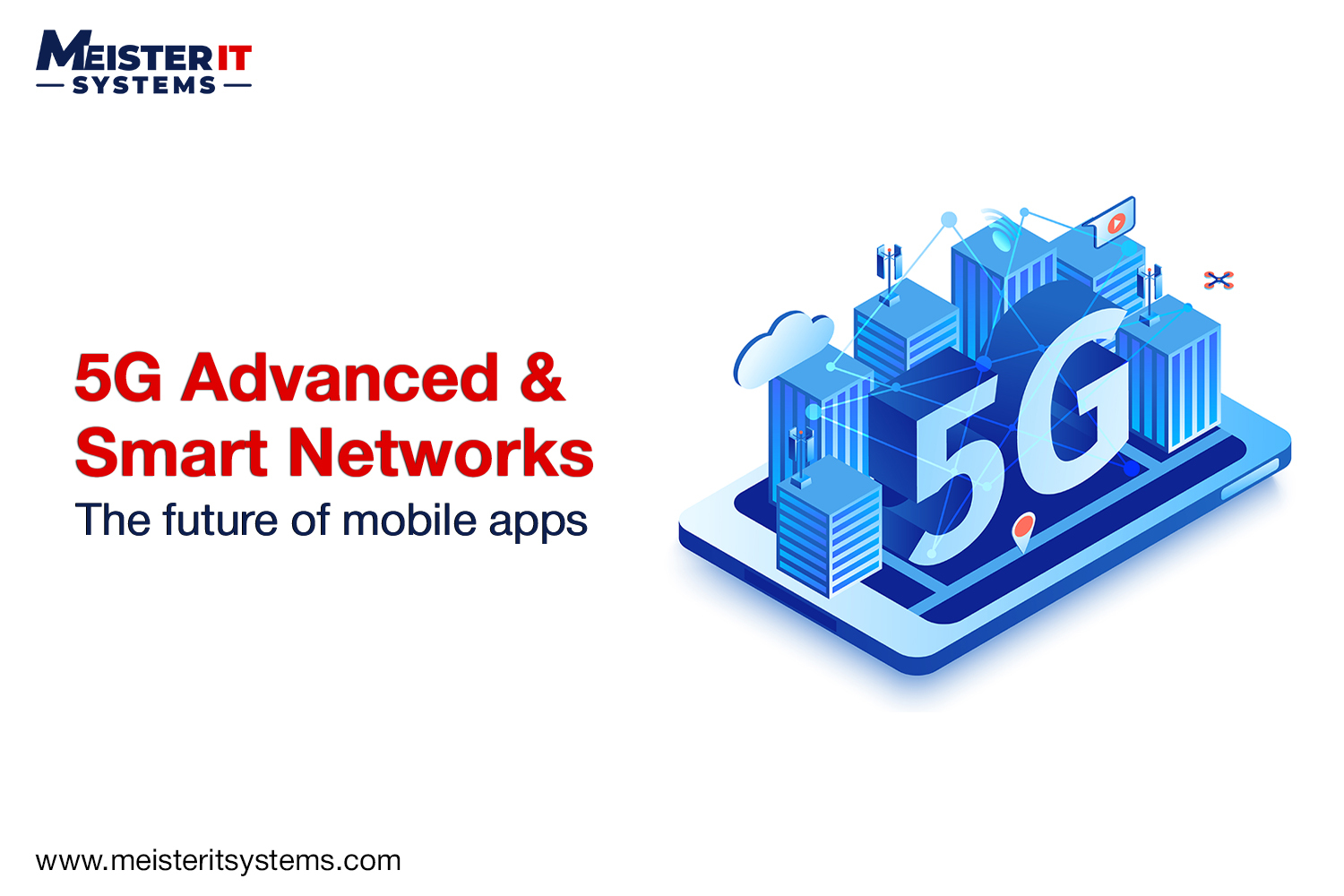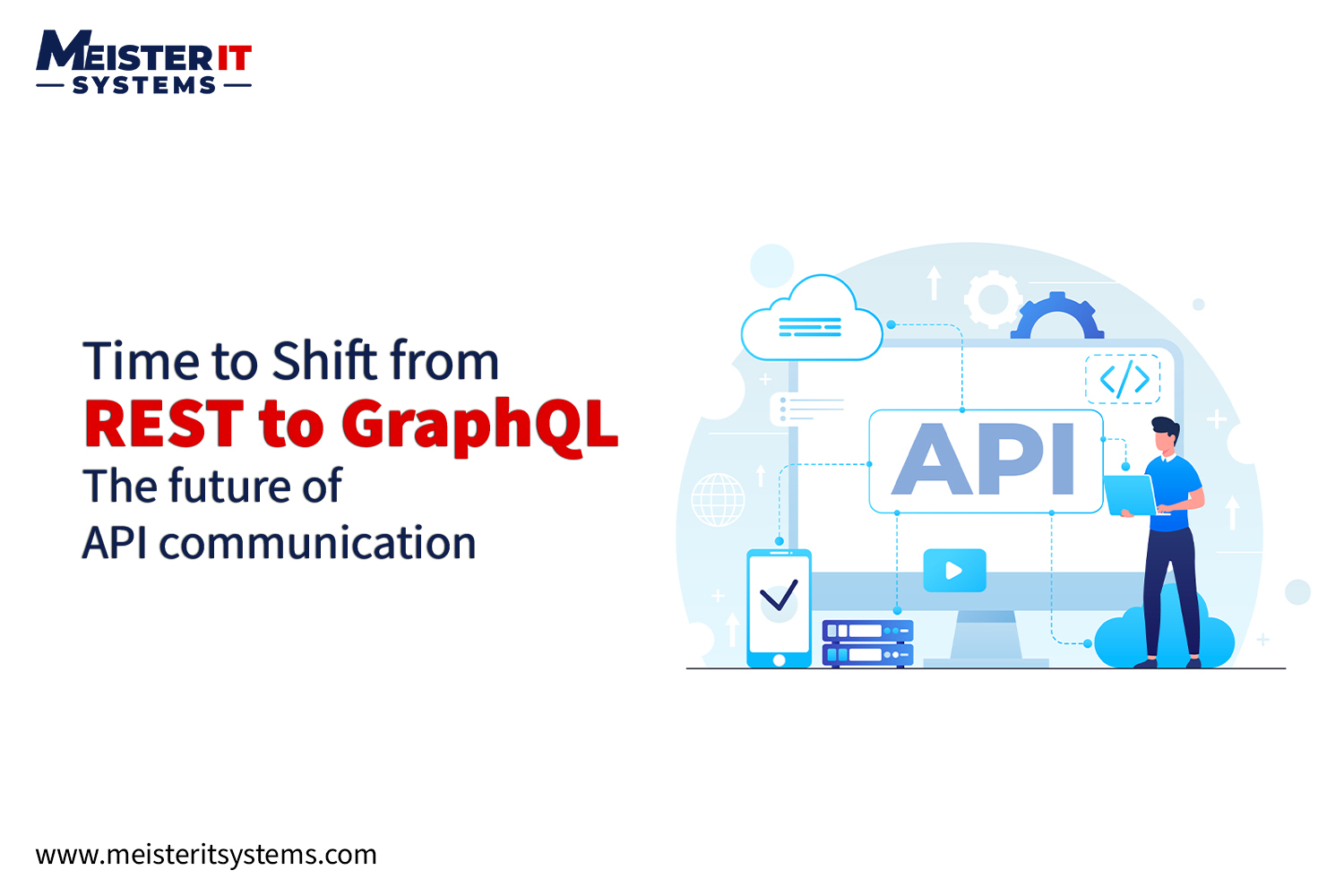
Introduction
APIs have become the backbone of modern applications, with REST (Representational State Transfer) being one of the most widely used architectural styles for building web services. However, with the growing complexity of applications and the demands for more efficient data retrieval, GraphQL has emerged as a strong contender to REST.
In this article, we’ll explore why it might be time for developers and businesses to shift from REST to GraphQL and how this transition can bring more flexibility, efficiency, and better control over data handling.
Understanding REST and GraphQL: A Quick Overview
To understand why GraphQL might be a better option than REST, let’s first briefly review how both work.
1. REST (Representational State Transfer)
REST is a stateless, client-server architectural style used in web services. It defines a set of constraints that allow APIs to communicate over HTTP, using standard methods like GET, POST, PUT, and DELETE. RESTful APIs are typically designed around resources, and each URL corresponds to a specific resource. This simplicity has made REST a popular choice, especially for APIs in traditional web applications.
2. GraphQL
GraphQL is a query language for APIs developed by Facebook, and it allows clients to request exactly the data they need and nothing more. Unlike REST, where multiple endpoints are used to retrieve different data, GraphQL uses a single endpoint to access all the data, making it more efficient and flexible.
Why REST might no longer be enough?
As applications grow in complexity, REST APIs start showing limitations:
1. Over-fetching and Under-fetching Data
REST endpoints return fixed data sets, often including unnecessary information or lacking the full context, requiring multiple calls.
2. Multiple Requests for Nested Data
Complex frontends typically need related data from multiple endpoints, increasing the number of network calls and slowing down the UI.
3. Versioning Issues
REST APIs often require versioning as new fields are added, leading to bloated version management and inconsistent user experiences.
How does GraphQL solve these problems?
GraphQL directly addresses the key limitations developers face with REST APIs. Here’s how it simplifies data handling and improves efficiency.
1. Eliminates Over-fetching and Under-fetching
Clients can request exactly what they need — no more, no less — leading to lighter, faster responses.
2. Single Request for Nested Data
GraphQL allows fetching related and nested data in a single query, improving efficiency and reducing latency.
3. No Need for Versioning
Schema evolution in GraphQL allows developers to add new fields without breaking existing clients, eliminating the need for versioning.
Key Advantages of Switching to GraphQL
Beyond solving REST’s limitations, GraphQL offers strategic benefits that enhance developer productivity and app performance.
1. Better Developer Experience
Strong typing, clear documentation, and flexible queries lead to faster development cycles and easier onboarding.
2. Improved Performance
Clients define their data structure at runtime, which means APIs can adapt to frontend changes without backend updates.
3. Real-Time Capabilities
GraphQL subscriptions allow for real-time data updates, which are essential for chat apps, dashboards, and notifications.
When Should You Make the Shift?
- You need precise control over data delivery
- Managing numerous endpoints is becoming a hassle
- You’re building scalable, client-heavy applications with dynamic data needs
If any of these apply, GraphQL could offer significant advantages over REST.
Challenges and Considerations
While GraphQL brings many advantages, it also comes with some challenges to consider before making the switch:
1. Learning Curve
Adopting GraphQL means your team will need time to understand its syntax, tools, and best practices. Training and onboarding may take longer initially.
2. Security
Because clients can craft complex queries, it’s important to implement query depth limiting and validation to prevent abuse or performance issues.
3. Caching
GraphQL doesn’t use standard HTTP caching like REST. You’ll need to implement custom caching logic, often at the resolver or client level.
4. Overhead for Simple Apps
For small apps with basic CRUD operations, GraphQL might add unnecessary complexity compared to the simplicity of REST.
Conclusion
If you’re building modern, scalable, and data-driven applications, GraphQL offers unmatched flexibility, performance, and developer productivity. While REST remains relevant for simple use cases, many development teams are finding it worthwhile to make the switch — or at least run both side-by-side.
Build Smarter, Faster, and Future-Ready APIs
At MeisterIT Systems, we architect robust, scalable GraphQL solutions tailored to your application needs. Whether you’re evolving legacy APIs or launching new platforms, our team ensures efficient design, smooth migration, and measurable performance gains.
Let’s unlock greater flexibility and control over your data infrastructure.
Talk to our GraphQL experts and discover how we can help you modernize your API strategy.



